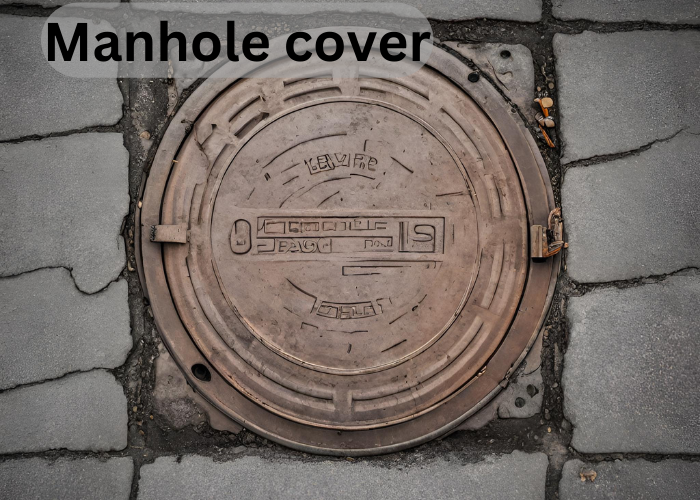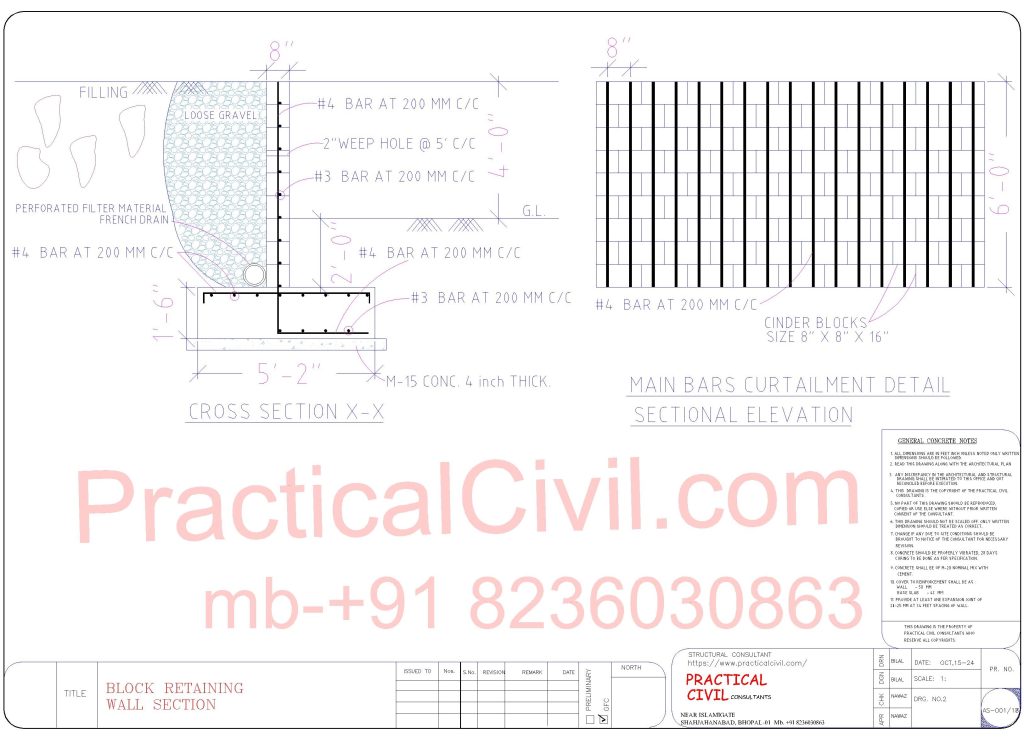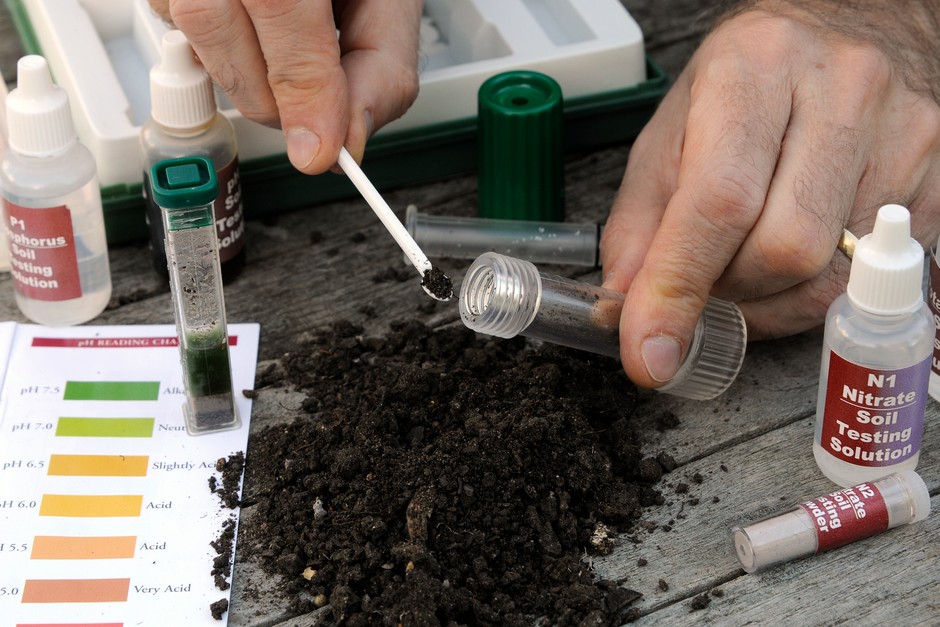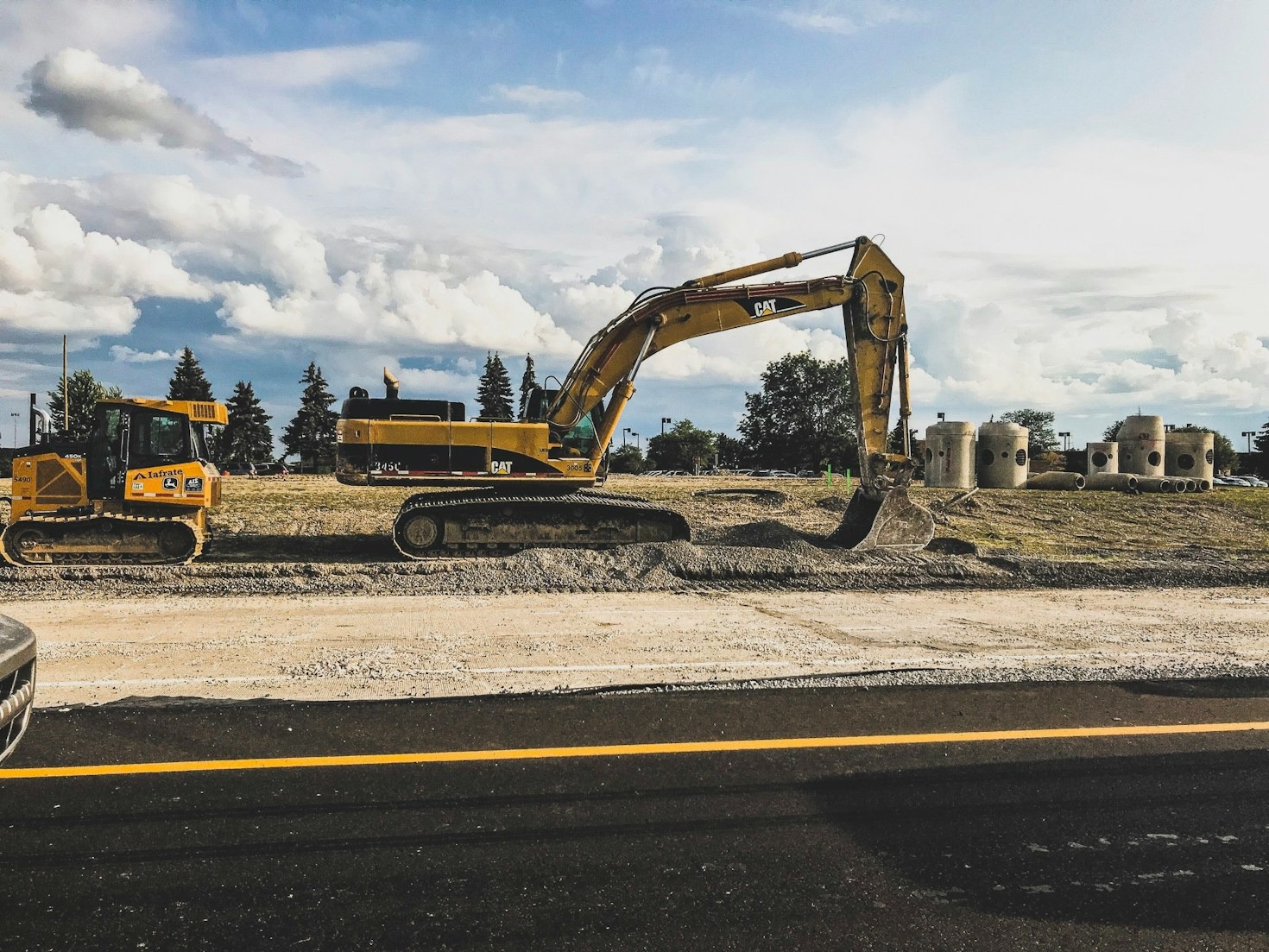-

When it comes to urban infrastructure, manhole covers may not be the most glamorous subject, but they are essential components that keep our cities functioning efficiently. In this article, we will delve into the world of manhole covers, uncovering their various types, objectives, and the reasons behind their iconic round shape. Additionally, we will explore…
-

Mechanically stabilized earth or reinforced earth is referred to as MSE retaining walls. This technology for retaining earth uses horizontal layers of geosynthetic materials or steel strips to support compacted granular soil. Thin facing pieces composed of precast concrete, shotcrete, or weld mesh reinforced panels hold this compacted soil together. They are widely used to…
-

A block retaining wall is an effective way to manage sloped landscapes, control erosion, and create a defined boundary between different areas of your yard. A well-built retaining wall can redefine a landscape, providing both aesthetic appeal and structural support. Building one yourself can be cost-effective and rewarding, but it requires careful planning, precise measurements,…
-

Quantity Calculation Concrete Quantity (cubic feet) Concrete Quantity (cubic metres) Output Unit Cement 0.00 0.00 bags Sand 0.00 0.00 cum Aggregates 0.00 0.00 cum When it comes to constructing a concrete slab, accurate estimation of materials like cement, sand, and aggregates is crucial. Whether you’re a DIY enthusiast or a professional builder, using a Cement, Sand…
-

Soil testing is essential for understanding its composition, stability, and suitability for construction. While laboratory testing provides precise and standardized results, DIY soil testing offers an accessible, cost-effective way to assess soil properties for small-scale projects. Below, we compare both approaches for key soil tests. 1. Soil pH Test Laboratory Testing DIY Home-Based Testing A…
-
Laboratory procedure procedure for the Proctor Soil Compaction Test with two sections presented as tables, and the rest in paragraph form, as requested: Objective: To determine the optimum moisture content (OMC) and maximum dry density (MDD) of a soil sample using standard compaction. Materials Required: Material Description Soil Sample Approximately 5 kg of soil, sieved…
-

Engineering is a discipline that blends theoretical knowledge with hands-on application. While theoretical principles provide the foundation for engineering concepts, practical testing ensures their real-world viability. This article explores the significance of practical testing in engineering excellence, its impact on innovation, and its role in ensuring safety, reliability, and efficiency. 1. Bridging Theory and Reality…
-

In the construction industry, the use of eco-friendly materials has gained significant attention due to increasing environmental concerns and the push for sustainability. As the world faces challenges like climate change, resource depletion, and waste generation, there is a growing demand for materials that reduce the environmental impact of building projects. This article explores the…
-

This paragraph serves as an introduction to your blog post. Begin by discussing the primary theme or topic that you plan to cover, ensuring it captures the reader’s interest from the very first sentence. Share a brief overview that highlights why this topic is important and how it can provide value. Use this space to…
-

This paragraph serves as an introduction to your blog post. Begin by discussing the primary theme or topic that you plan to cover, ensuring it captures the reader’s interest from the very first sentence. Share a brief overview that highlights why this topic is important and how it can provide value. Use this space to…
